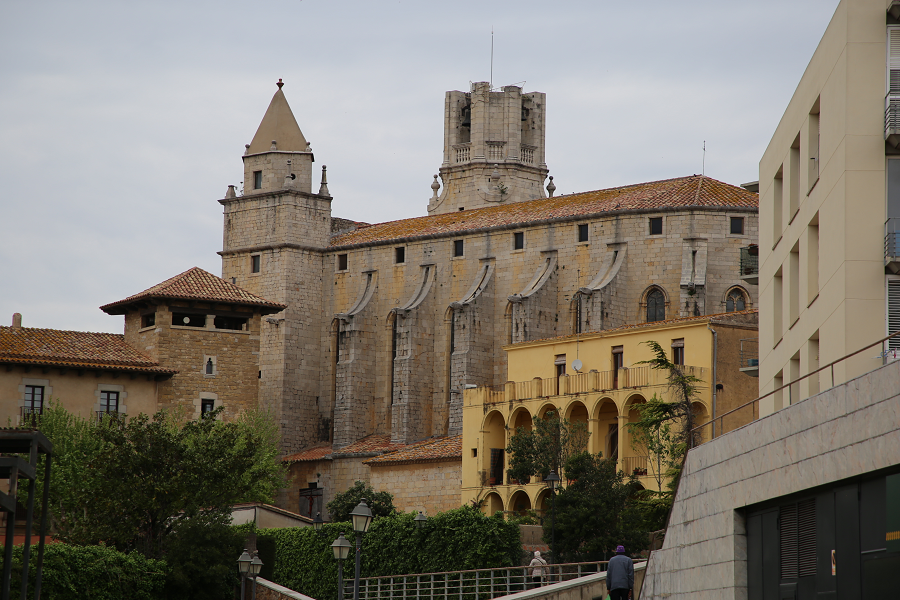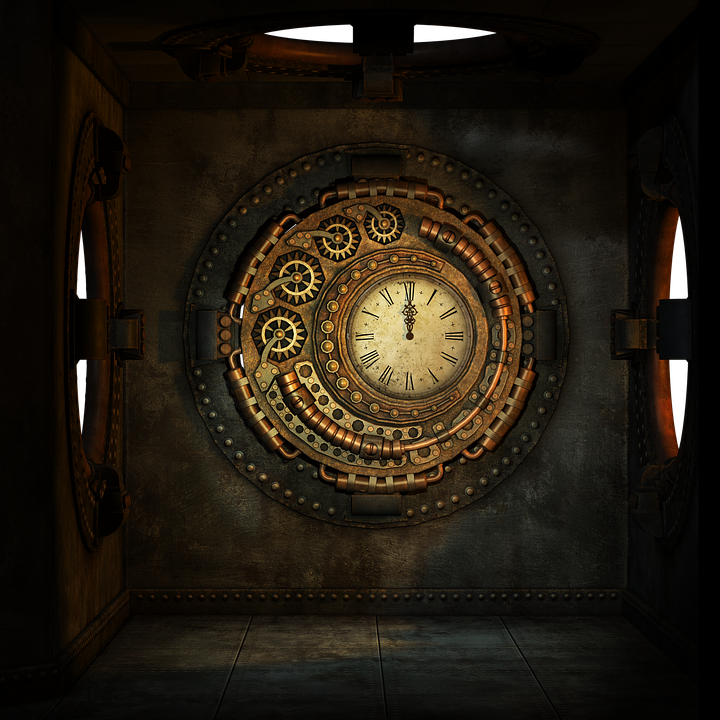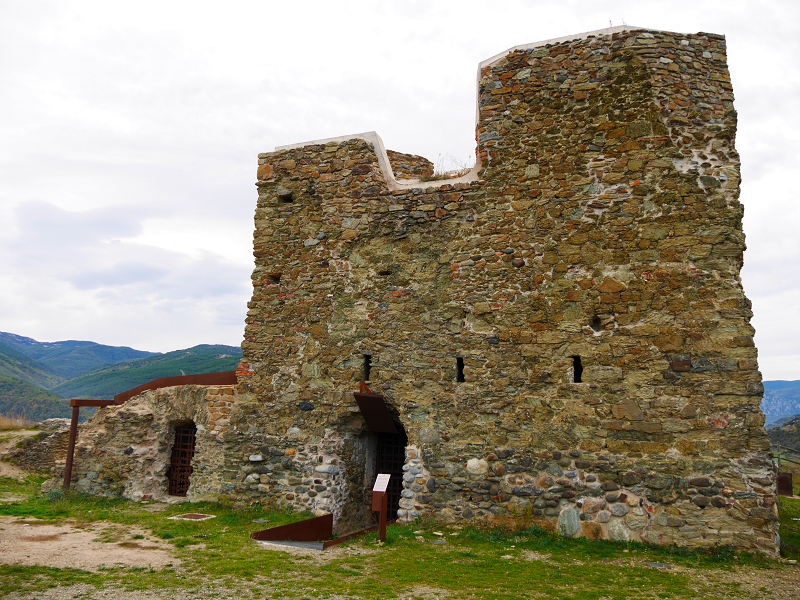Hostalric was, in the past, an obligatory passage area on the North-South route and the only natural path between Girona and Barcelona. In some surveys, done on the castle hill, remains from the Iberian period were found. In Roman times an internal division of the Via Augusta passed through this place. The remains of this route were found when the road to Sant Hilari Sacalm was built. The town of Hostalric seems to have originated with a hostel, documented from the 11th century on the site of Onota, at the foot of the so-called Camino de Francia (ancient Roman road). The toponym Hostalric is a joining of ‘hostal’ and ‘ric’ (cat. rich). The first clear documentary record of Hostalric is from 1106 and in it Guerau Ponç, viscount of Cabrera, swore fidelity to Ramon Berenguer III of Barcelona.
Middle ages: Capital of the viscounty of Cabrera
The Catalan feudal struggles of the end of the 12th century echoed in Hostalric’s castle due to the rebellious character of its lord, Ponç III de Cabrera. Over time, those of Cabrera converted the town of Hostalric into the administrative capital of the extensive territories of their viscounty until the extinction of the lordship in 1836. The main people responsible for administrative and economic management of the viscounty resided there. The Hostalric town is in a very good geographical location. It has natural defences on one side and the protection of the castle on the other. It was a place of passage of the road between Barcelona and France, with branches going to Montseny, the Guilleries, as well as, towards the coast to the territories of the castle of Blanes, Palafolls and Montpalau.
It was in the 13th century when the town was consolidated. In 1242 King James the Conqueror granted the Viscount of Cabrera the privilege of holding a market, established on Tuesdays. The following year, 1243, Vizconde Gueraur V de Cabrera granted a letter of settlement to the inhabitants of Hostalric. Subsequently, in 1269 it had a notary and clerk offices. The notaries of this office had direct faculty of the viscount of Cabrera. During the 14th century, Bernat II de Cabrera restructured the domains of the viscount of Cabrera and made Hostalric the centre of the whole viscounty. The main court of the viscounty was established in Hostalric. The establishment of Hostalric as the capital begun by Bernat II de Cabrera was consolidated by his grandson Bernat IV de Cabrera, named Bernardí. He reorganized the administrative structures of the viscounty that lasted until the extinction of the stately regime in the 19th century.
War of Succession
During the reign of Charles III the French invaded Catalonia again. They arrived at Hostalric on July 18, 1694. After a short resistance, the population and the castle surrendered. The area, however, continued to be a land of battles, the French abandoned the castle in 1695 and left it unusable.
In 1701 Philip V, who had just been appointed king, arrived at Hostalric with his wife. It was in this town where the representatives of the city of Barcelona paid homage to him. Years later, after the War of the Succession, once the city was conquered by the Philips troops, the king ordered the construction of the present castle and the reconstruction of the walls.
During the War of the Succession, Hostalric had one of the most important fortresses of the army of Carlos III. Throughout the dispute, the square was occupied with various Allied formations until the imperial and Bourbon armies signed the Hospitalet agreement (June 22, 1713), which regulated the evacuation of Allied troops and the passage of the fortresses to the new Bourbon authorities.
In mid-August, 1713, the Catalan military expedition of deputy Antoni de Berenguer and General Rafael Nebot went to Hostalric to stop the passing of the fortification to the bourbons. The operation failed and on August 17, 1713, Colonel Francesco Marulli, following the agreement of L’Hospitalet, passed the fortress to the Bourbon army. The fortification of Hostalric became, thus, the last allied place given to Philip V. His garrison left Catalonia embarking from Blanes. Shortly after, due to the revolt of the fortnight, a Bourbon column would be organized, from Hostalric, to assist General Feliciano Bracamonte in Vic. During its journey between Montseny and Les Guilleries the column was ambushed, in the so-called Arbúcies combat, and suffered numerous casualties that forced the survivors to go back to Hostalric.
French occupation
During the War of Independence (1808-1814), Hostalric played a very important role, both supporting the entry of food during the siege of Girona and destroying the passage of enemy troops. That is why it was advisable for the French to take over the town. During the Peninsular War, on November 7, 1809, the town was plundered and burned down by the troops of Marshal Pierre François Charles Augereau. In January 1810 the French took on the town and the long siege of Hostalric began. During this time Colonel Estrada received 4 communications intimating him to surrender, but he omitted them all. The governor of the castle did not fail and his troops were faithful to him. After four months of siege and more than 4,000 bombs dropped on the fort, the situation was increasingly critical. The food scarcity began and from 2000 combatants only 1200 were in a position to still take the weapons and stand to a fight. Colonel Estrada decided to try to save himself by breaking through the enemy, and on May 12, all the fit members of the garrison escaped from the fortress. The next day, the officer who remained in charge of the fortress handed the place over to the French.
Hostalric and Figueres were the last places in Spain that the French abandoned. It was on June 4, 1814. Unlike other castles or fortresses Hostalric kept up, well until the beginning of the 20th century, the position of “Military Strong Square”, with the advantages and disadvantages that this entailed.
Spanish Civil War
With the fire of the church on July 24, 1936, the Spanish Civil War began at Hostalric. The excellent altar of 1854 disappeared in flames, however, the image of the Mare de Déu dels Socors was saved, by the action of Joan Guitart and Socorro Ribas, who hid it in a niche in the old cemetery. On February 1, 1939 Franco’s troops entered the town.











